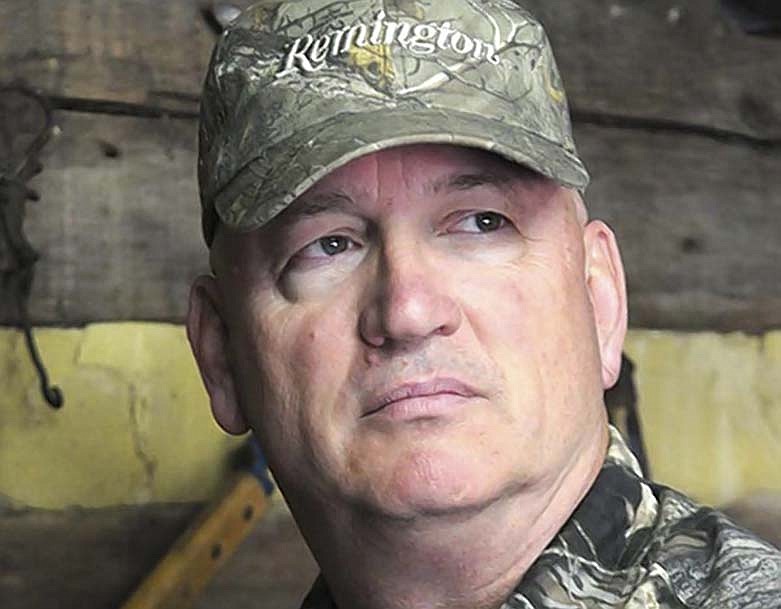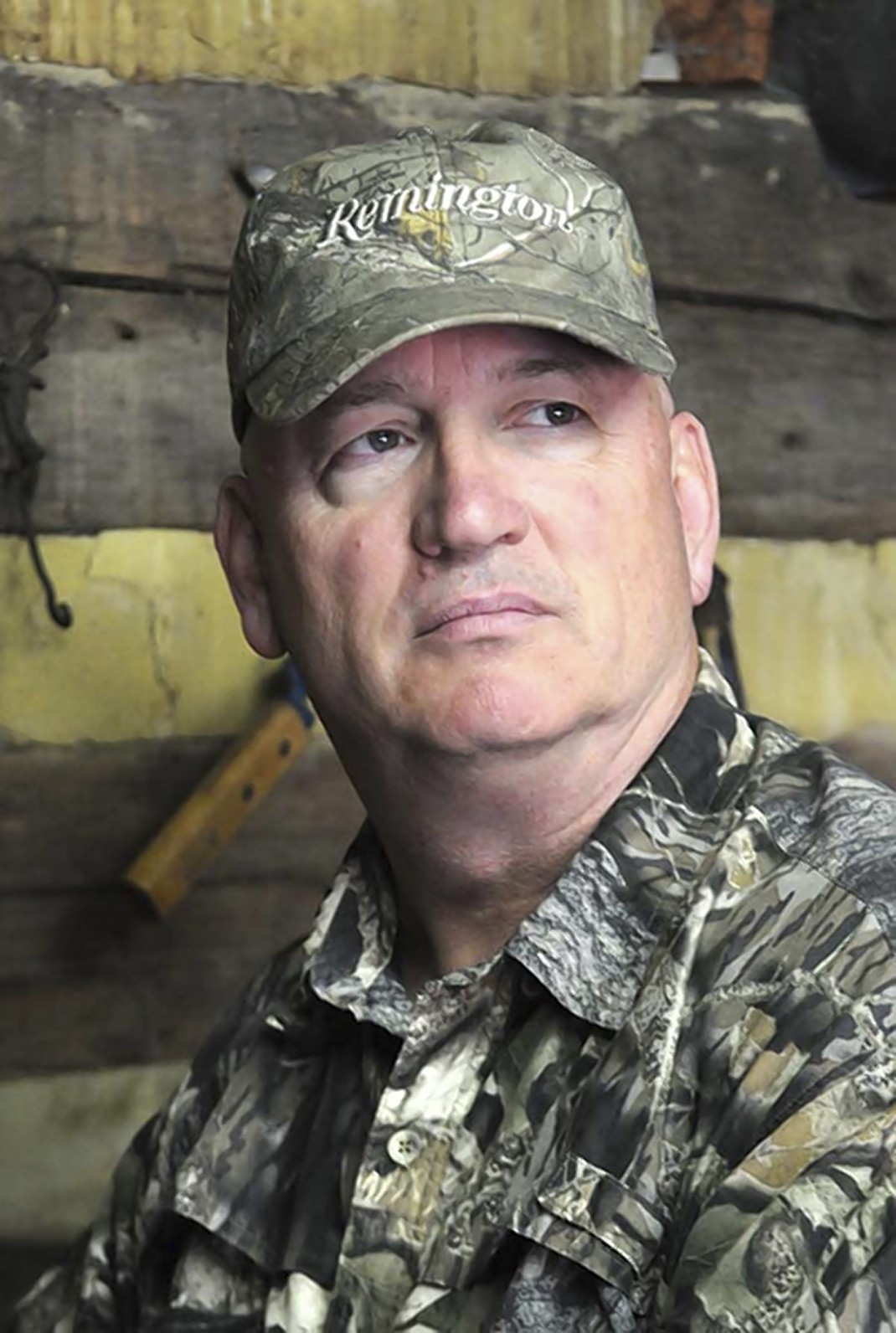Studying the clouds in my coffee this morning, it occurred to me that time is a funny thing.
Now I know most of you already know that, and especially those of you over the half-century mark. It would seem we go about our everyday routine, and then one day you lift your head off the pillow and somehow a good portion of life has flown by. To quote Willie Nelson, "ain't if funny how time slips away."
As usual, right about now you are wondering how this has anything to do with the usual hunting, guns and outdoors fare I try to offer up here. Well, stay with me.
Probably because of my age (I'm not really very old, as I've told you before), I tend to think more and more that people don't know or appreciate things in the past. Since I have been living in the world of the guns and outdoors industry, it seems I notice this through that lens.
There is a rich history with our old guns writers, something I have written about before. Back in the day it was Jack O'Conner, Elmer Keith, Warren Page, Charles Askins, Townsend Whelen and Rex Applegate, to name a few. These guys were authoritative, very knowledgeable and opinionated as heck. They were the last word on anything related to firearms (in their view), and they did not suffer fools well. I bring all this up to speculate that many of the current guns people I see these days may want to brush up on their history of guns writers.
Enter Hunter Lee Elliot. Hunter is a friend of mine who lives in North Carolina and has been toiling in the field of writing about guns for some time. Hunter is the owner and operator of the website RangeHot.com, where he reviews different firearms at a frantic pace. Hunter is a former Marine (no, wait - they say there are no former Marines, don't they?), and he knows his way around the firearms world.
Hunter tends to be friendly but blunt on firearms-related issues and can back it up with facts and figures. He knows whereof he speaks. Having said that, we argue about stuff all the time. (It is possible that I am a little opinionated as well.)
Hunter brought up a project he is working on lately dealing with a somewhat forgotten rifle caliber, the .220 Swift. This cartridge became commercially available in 1935, and for rifle shooters it was a revolutionary concept. Based on the 6 mm Lee Navy cartridge, no one at the time had seen anything like it, a caliber that pushed a 48 grain bullet over the 4,000-feet-per-second mark. No rifle caliber came anywhere near it at the time, and few do today.
In the past several years, it seems a new rifle caliber is announced every other week. They claim to be newer, faster, more accurate and the answer to what every hunter and shooter needs. Can you imagine the fanfare if a new cartridge was announced today that claimed to be the fastest caliber around? The .220 Swift has been doing that since 1935.
I asked Hunter to elaborate. Here's what he had to say:
"Marketing is a necessary tool manufactures use to promote what is new and hot at the moment. Years ago those new and hot moments were spaced far enough for the consumer to catch their collective breath before the next new revolutionary 'game changer.'
"As a side note, I am sick of the firearm's industry's overuse of 'game changer' and 'tactical' in their catchphrases. Back to my point - it seems as if some new cartridge is being introduced monthly, and it is the new and improved version of something that was just introduced last month.
"Some of these cartridges stick around, but many go extinct the moment the new wears off. I understand this is the way of things and can accept it for what it is, however the drawback to so much new is some of the older and often superior cartridges such as the .220 Swift are lost to but a handful of cult followers.
"The .220 Swift still holds the world record of fastest commercially available cartridge, pushing a 29 grain bullet 4,665 feet per second. That is right, ladies and gentleman: A cartridge developed way back in 1934 is still the king of speed, and for me that is the very definition of romance. While some cartridges get close, such as the 223 WSSM (Winchester Super Short Magnum), they cannot compete with the accuracy of the Swift and are far harder on barrels. That, in a nutshell, is why I continue to push the 220 Swift and other almost forgotten cartridges; just because it is old don't mean it's outdated.
"When you go shopping for that new rifle, I encourage you to look at some of the already excellent but maybe a bit more obscure cartridges; it may be exactly what you wanted and did not even know it."
Look for a review by Hunter on .220 Swift at RangeHot soon.
Back in the day, my dad and I had a period when we varmint hunted (groundhogs mostly) and shot with some pretty fast company in the long-range rifle game. The guys at the top of the food chain, the ones who gave a whistle pig cause for worry at 500 yards and beyond, always shot a .220 Swift. We were in the game with a .22-250 rifle, but we had to concede that the Swift was the king of speed and distance.
Is a resurgence of the .220 Swift possible? I would sure like to see it, but it's not likely. Long-range shooting is all the rage now, but shooters are enthralled with the 6.5 mm Creedmoor and the like.
Those who want a really fast, accurate at long-range caliber may want to look at something we already have.
"The Trail Less Traveled" is written by Larry Case, who lives in Fayette County, W.Va. You can write to him at larryocase3@gmail.com.

